Learn how children with special needs benefit from sports, dance, swim and other types of physical activities.
If you peek into Elizabeth Rose Chacon’s dance class, you might see children yelling. They could be spinning uncontrollably or flapping their arms — behaviors that teachers elsewhere might find too distracting. But not here. Not at A Dance Class For Me! in Irvine where children with special needs — mostly autism — get to be themselves and do whatever they need to calm down and cope with their surroundings. While hitting is prohibited, most other behaviors are allowed to let the students move their bodies in new ways as they build up their physical and emotional strengths.
Chacon, a professional dancer and certified Autism Movement Therapy provider, doesn’t teach choreography. She simply asks the young dancers to copy her moves.
“I think music and movement add a dimension to any therapeutic environment. It stimulates the brain, it calms the brain,” she says. “I think it’s a huge benefit to students in any therapy to be able to dance and move.”
She doesn’t adjust the lights or music to teach them coping in other class surroundings. They also get a chance to practice talking and leading.
“If they’re not given the opportunity to be in a group class, how are they going to learn what it’s like to be in a group class?” Chacon says of her students who range in age from 3 to 18 years old. “People don’t pick them to be first, they don’t pick them to go teach others. It’s not a normal part of their life so they get a chance to experience that.”
Over time, she says she has seen her students improve their body awareness, confidence, self-esteem, reduce anxiety and become more social and talkative. Some go on to become teachers themselves.
Activities such as dance or sports allow children with special needs to improve on a physical and mental level, say local leaders of such programs. Because they come with a dose of camaraderie and fun, children might be more likely to engage and carry the benefits outside the classes. Many of the programs allow children who don’t have special needs to participate as well, promoting exposure and acceptance and fostering new friendships.
Sports and Martial Arts
The Miracle League of Orange County has kids with medical challenges playing in an organized league at an ADA-adaptable field in Anaheim where peer volunteers assist them.
“We break down the walls and barriers between able-bodied kids and their special needs counterparts,” says Founder and President Steel Morris who started the league with the help of the Los Angeles Angels as a tribute to his late mother, a special education teacher.
Now, the league has about 150 players who come together for fun and to feel like they’re a part of an organized league for the first time in their lives.
“Parents say their kids have come out of their shells, that they’ve really grown,” Morris says. “It’s not a coaching league, it’s a fun league so it’s not competitive. We don’t keep score.”
At Karate for All in Tustin, Owner and Pediatric Occupational Therapist Wayne Centra incorporates therapy activities between the katas and other martial arts movements. He says often the children don’t even realize that they’re addressing certain physical, social or cognitive issues.
Kashing Wong’s 5-year-old son, Alan, who is on the autism spectrum and has motor and speech delays, has been working with Centra and his staff for two years.
“It really helps. I mean, I really see a difference. It’s not a difference you see in a month or two, but progressively I’ve seen my son picking up more new skills, motor skills and narrowing the gap,” Wong says, praising Centra. “I couldn’t imagine this would work, but he makes it work in a systematic way to help kids.”
Long before he opened the studio, Centra worked as a pediatric therapist at CHOC, treating children with a variety of conditions. He once met a 7-year-old boy in the intensive care unit who had no interest in getting out of bed and participating in therapy. So, the martial artist turned their appointments into karate sessions, a more appealing option to the child who found motivation to get moving and fight cancer. Soon, other patients came around and he’s been combining the two for years now through Karate for All and Centra Pediatric Therapy. A couple of his longtime students went on to become occupational therapists themselves.
“When I’m doing karate, I’m not just focusing on karate,” Centra says. “I’m focusing on independence and life skills and social skills and emotional regulation.”
Aside from improving strength, flexibility, emotional regulation, sensory processing, leadership, focus, attention span and more, Centra doesn’t forget about the basis of martial arts — the self-defense.
“We want [our] kids as adults to be able to take care of themselves out in the community, whether they’re bullied or assaulted in any way,” he says. “I want them to be functioning in the community just like everybody else.”
Swimming Along
Physical activities can help in other ways. Drowning is a leading cause of death for children with autism, according to the National Autism Association. At Aqua-Tots Swim Schools, which has locations in Anaheim, Costa Mesa, Orange and Tustin, instructors with the S.N.A.P. (Students Needing Adaptive Programming) program work with children to help empower them.
Owner Caroline Carlson says they work closely with the parents on identifying goals for each child as well as the best ways to accomplish them. While swimming is a great exercise for all, it is particularly beneficial for children with special needs as water reduces body weight and provides an environment with less restriction, helping improve physical strength.
“In addition to learning swim skills, our goal is to help build character and to build self-esteem by showing them that they can do things that maybe they initially didn’t believe that they could,” Carlson says.
Loraine Dressler’s grandson was born with congenital myotonic dystrophy with some autistic characteristics as well as neuromuscular weakness. When the retired registered nurse first brought him to the swimming pool at Aqua-Tots, Zen could not coordinate his body parts. Now, eight years later, Zen, 11, can hold his breath under water, swim on his back and more.
“I feel that the pool has benefited every area that affects Zen’s ability to be successful in society,” says Dressler, adding that his cardiologist and pulmonologist agree that swimming is a good choice for him. “It’s about the best thing we’ve got going for him.”
For some, participating in sports could lead to major life changes. Alan Martin’s 29-year-old son, Alex, who has Down syndrome, has been a Special Olympics of Orange County athlete for 12 years. The organization has a wide variety of free programs for children and adults with and without special needs. Aside from fitness and the ability to play sports, the family found a few unexpected benefits. Throughout Special Olympics programs, Alex became more aware of a healthy lifestyle and as he was spending time with teammates of different ages — some 20 and 30 years older — he found mentors and role models. Some had jobs, which sparked Alex’s interest in pursuing employment himself. He now works as a dishwasher and helps in the kitchen at The Ranch at Laguna Beach.
“We got him involved because we thought it’d be a good activity,” Martin says. “It also has paid dividends in other ways.”
Martin, who is now a board member of the organization, brought up another benefit for the parents — the opportunity to network with other families in similar situations.
Dressler has this advice for parents weighing their options.
“My suggestion is parents need to involve their child in many avenues, not just one — because our kiddos, the ones with disabilities, they have a lot going for them — they may just need a different avenue to connect with it and get it going.”
By Magda Hernandez

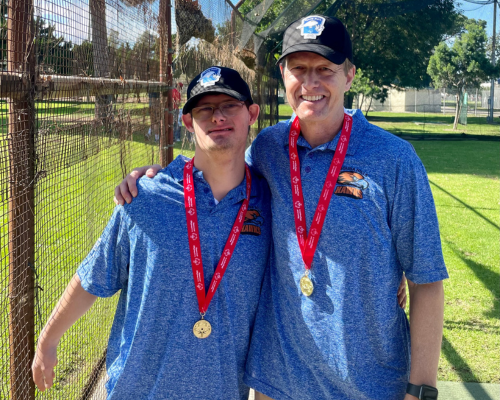
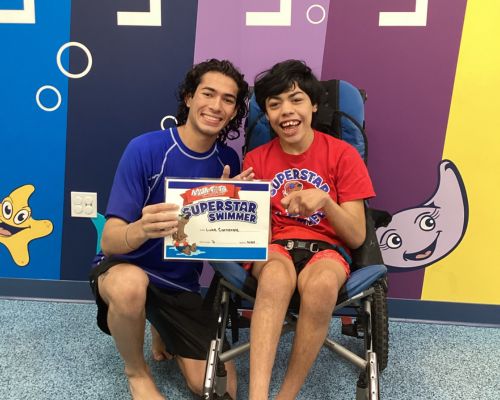

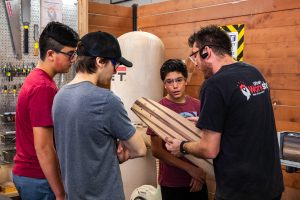

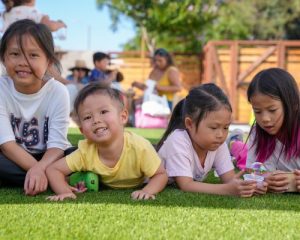


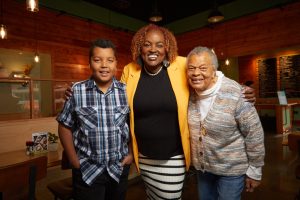

Leave a Reply